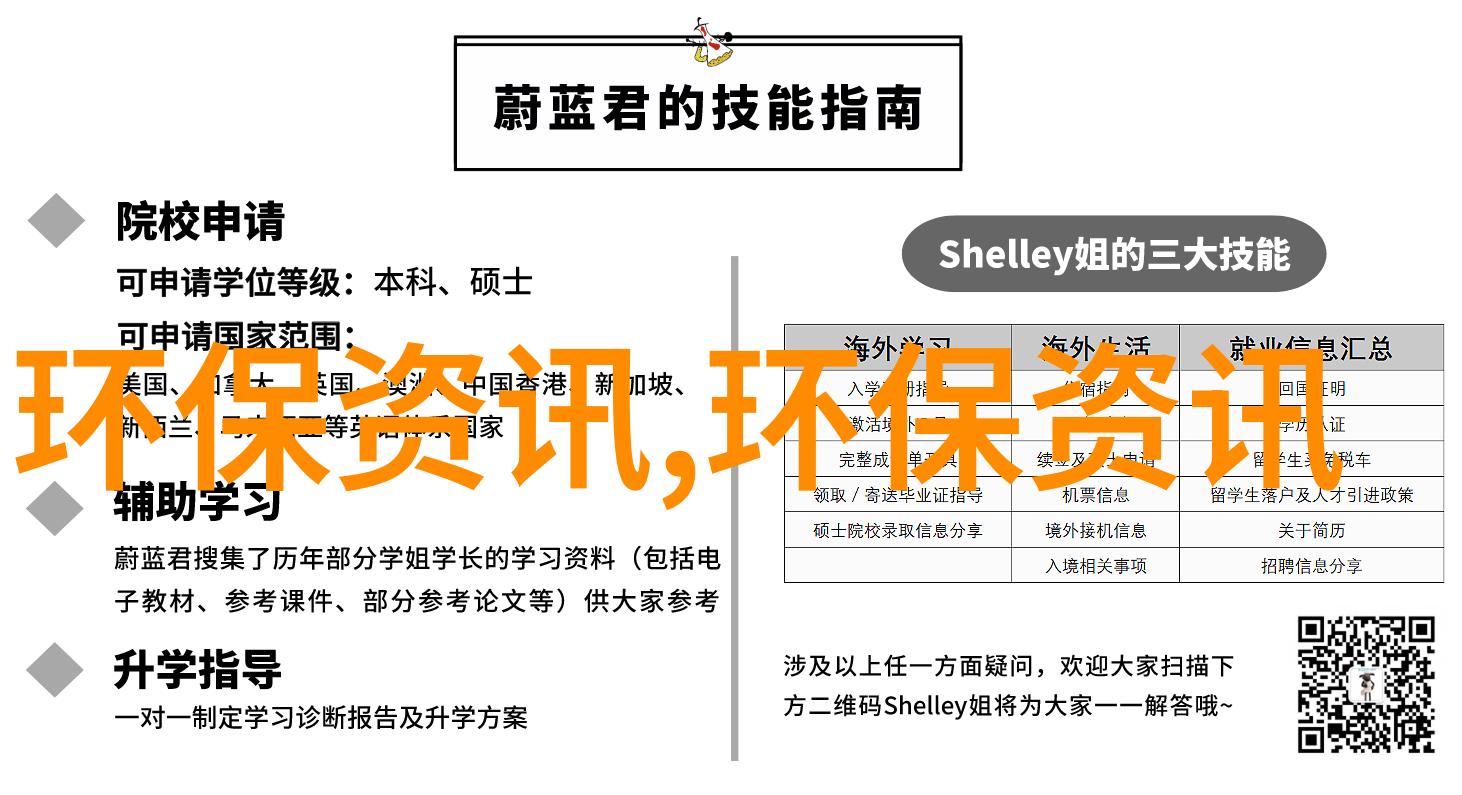Decoding the Language of Precision Unveiling the W
Decoding the Language of Precision: Unveiling the World of Instrumentation Acronyms

Introduction to Instrumentation Acronyms
Instrumentation acronyms are a crucial aspect of modern technology, enabling seamless communication and collaboration across various industries. These abbreviations represent specific types or brands of instruments, facilitating quick identification and understanding among professionals. In this article, we will delve into six key aspects related to instrumentation acronyms.

Origins and Evolution
The use of acronyms in instrumentation dates back to the early 20th century when scientific advancements led to an explosion in new technologies and terminology. As devices became more sophisticated, their names grew longer and more complex, necessitating shorter forms for easier reference. Over time, these abbreviations have evolved alongside technological progress.

Importance in Modern Industry
Today's industry relies heavily on precise measurement tools that often carry intricate names with lengthy descriptions. Instrumentation acronyms simplify these complexities by providing concise representations that can be quickly recognized by experts worldwide. This facilitates faster knowledge transfer between researchers, engineers, technicians and manufacturers.

Examples from Various Industries
Different industries employ unique sets of instrumentation acronyms depending on their specific needs and requirements.

In medical fields such as healthcare or biotechnology labs,
acronyms like MRI (Magnetic Resonance Imaging), CT (Computed Tomography), ECG (Electrocardiogram) are commonly used.
In chemical analysis laboratories,
acronymic terms such as GC-MS (Gas Chromatograph-Mass Spectrometer),
HPLC (High Performance Liquid Chromatography) prevail.
Environmental monitoring often employs sensors like pH meter,
DO meter for measuring dissolved oxygen levels,
5.Effectiveness in Standardization
Standardization is a critical factor in ensuring instrument accuracy while promoting interoperability across different systems.
By using standardized instrumentation acronyms,
manufacturers can create compatible products that cater seamlessly to diverse user environments.
These abbreviations also facilitate easy comparison among competing devices allowing consumers make informed purchasing decisions based on performance criteria rather than brand names alone.
6.Future Trends & Challenges
As technology continues evolving at a rapid pace,
instrumentation acronym usage may shift toward even more compact forms or move towards integration with other data representation formats like QR codes or NFC tags.
However there lies potential challenges too - mainly revolving around compatibility issues arising from inconsistent naming conventions across different regions leading to confusion amongst users who might not be familiar with regional variations.
7.Conclusion
Instrumentation Acronym has become an integral part within our daily life; they provide us with convenience by making complicated device names simpler thus improving efficiency during research work,simplifying communication between experts world-wide while paving way towards better standardization practices but it also presents certain challenges which must be tackled effectively so as to ensure smooth future development .